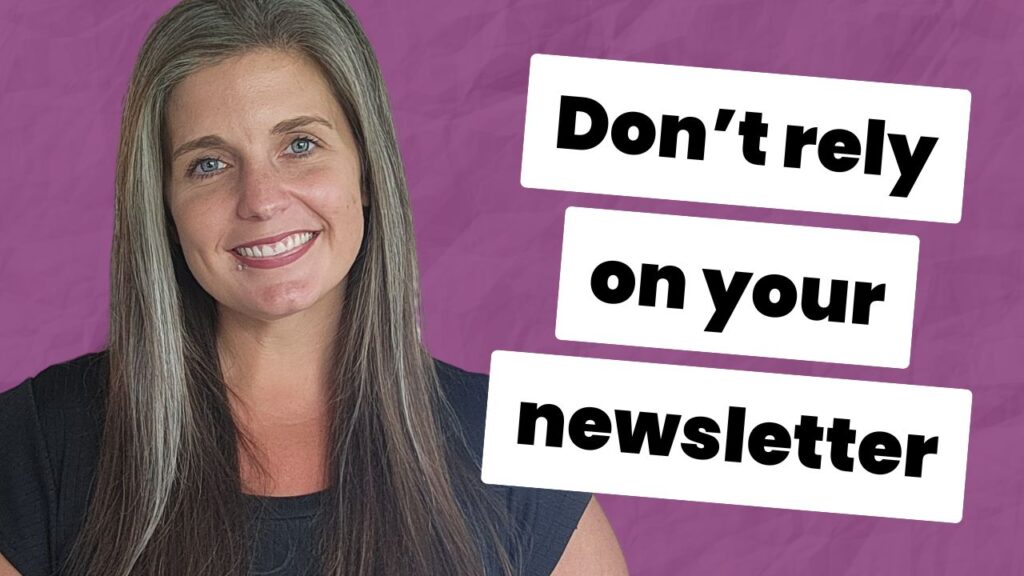Free trials are a super popular lead generation strategy in the membership space, which might make you think a free trial is always the best choice, but… is it?
Do free trial signups actually turn into paid subscriptions and additional monthly recurring revenue?
Or do they pull in a bunch of bad-fit leads?
One of my membership clients put this free trial vs. no free trial to the test. And I was honestly surprised (😲 <– me) by the resulting impact on revenue.
Here’s what happened:
TRANSCRIPT:
If you have a membership program, I have a question for you: Does a free trial increase revenue?
I have an insight for you, but before we get into it…
Hi, I’m Paige. I’m a conversion copywriter, and I help companies that sell expertise products, like training-based memberships, bring in more leads, new trials, and paid subscriptions by focusing on how we communicate their membership offers.
Now, the free trial strategy is a popular one, especially in the membership space. The logic behind it is this:
By reducing risk and letting people sign up for your membership for either for a month or 7 days, 14 days, whatever that time period is, you expect to bring in more new member signups because you’ve reduced that risk.
And also, you expect that to translate into additional revenue because you have more new members coming in and that you expect that a larger portion of those members will continue on to a paid subscription.
But does that actually happen?
One of my clients has put this free trial strategy to the test.
When they first started their membership, they were offering a free 30-day trial. That meant new members could sign up for the first month, pay $0, and they weren’t liable for any subscription fees until they continued on into their second month.
Later on, my client decided to test removing the free trial and adding in a 30-day guarantee.
What they saw when they removed the free trial was that, of course, signups did drop a bit, but there was no significant difference in revenue.
Which tells me that:
At least in this case, the free trial was mostly bringing in people who weren’t going to continue into a paid subscription.
Now, I’m not saying that you should or shouldn’t use a free trial.
The sentiment I hope to leave you with today is to always be testing. You never know what’s going to work best for you until you put it to the test.
That’s why I’m a huge advocate of relying on your own data to make decisions.
In the absence of data, you can pull from proven strategies or best practices that make sense for your business strategically.
And then put everything to the test.
Measure and evaluate performance.
Then make decisions on those new insights.
Do you have any new trial insights to share? Leave me a comment below and let me know what your experiences have been.
And as always, if you’d like help bringing in more leads, new trials, and paid subscriptions for your membership offers, we should chat.
You can start a project conversation with me here.


